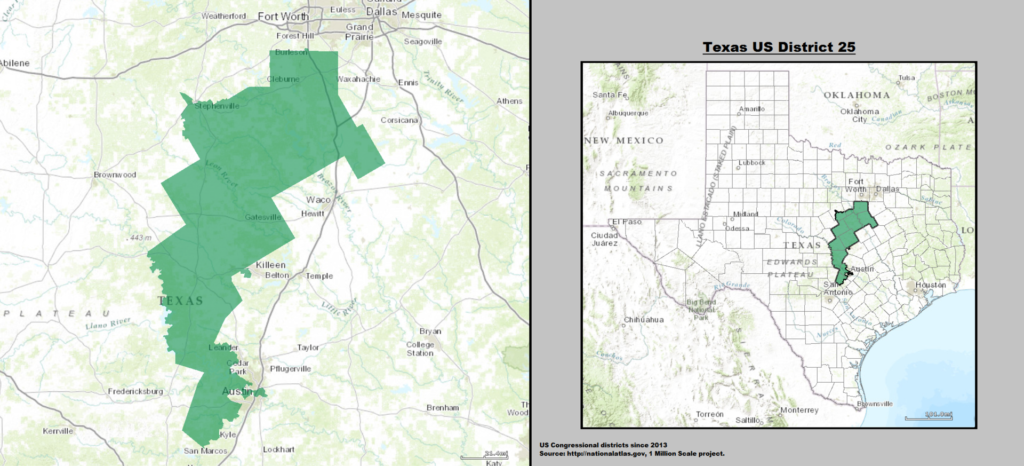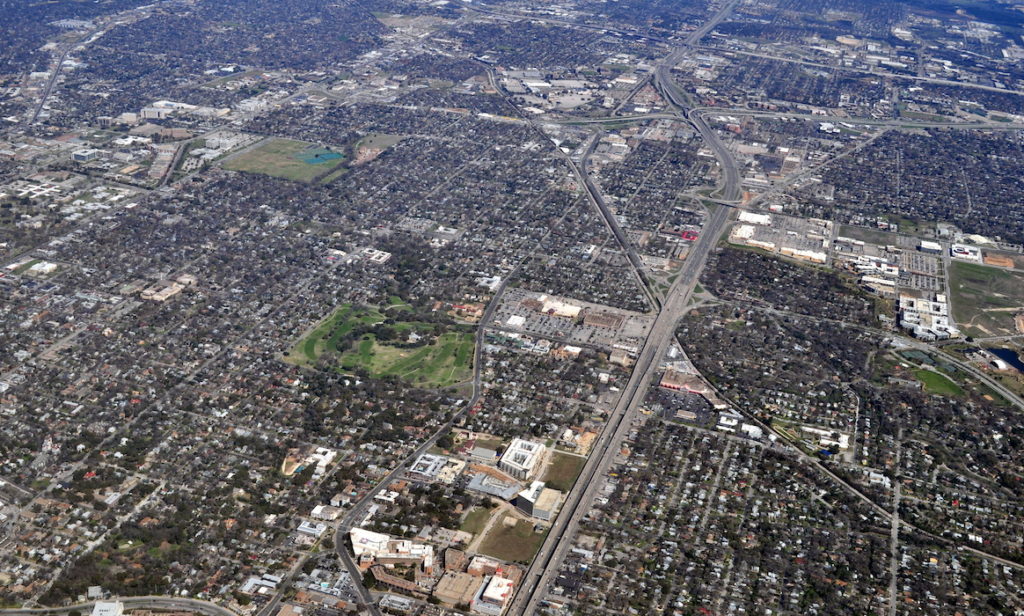On June 27, the United States Supreme Court issued its decision in Rucho v. Common Cause, a case challenging the legality of partisan gerrymandering. In a 5-4 decision, the Supreme Court ruled that partisan gerrymandering is a political issue that falls outside the realm of the federal judiciary. The decision has been met with opposition from voting rights activists across the country, and has led many to wonder what the future of redistricting will look like in Texas.
Redistricting is the process of redrawing federal and state legislative districts following the completion of the Census. (Read about why getting a complete count on the upcoming Census is so important here.) The process is completed by a Redistricting Committee in the State Legislature. Gerrymandering is the redrawing of redistrict lines in an effort to give one political party an advantage over the other.
Most gerrymandering today takes the form of partisan gerrymandering — drawing legislative districts along political party lines. This is done by either grouping all registered voters of one party in one district, or splitting them up across several districts to dilute their voting party. Racial gerrymandering, redrawing legislative districts to group together or split up people of certain racial backgrounds, was deemed unconstitutional in the 1995 Supreme Court case Miller v. Johnson.
Many, however, view the Rucho v. Common Cause decision permitting partisan gerrymandering to be an implicit green light to racial gerrymandering. Renea Hicks, a lawyer who challenged the legality of the current state of Texas legislative districts, commented to the Austin Statesman that partisan gerrymandering can be utilized as a means of covert racial gerrymandering. Per the Statesman:
“Republicans who drew the most recent maps claimed they were using voters’ political affiliations to draw districts that helped one party succeed or benefited an incumbent, but Hicks said the reason could be used to mask a racial purpose, particularly because Latino and African American voters tend to favor Democrats.”
This could have a huge impact on the 2020 House elections, particularly due to the racial makeup of Texas. The Latino population in Texas reached 11.3 million in 2018, and the African American population reached 3.8 million — the highest of any other state in the country.
Gerrymandering runs rampant in the Lone Star state. Simply take a look at many of our legislative districts for proof. Check out Texas’s 25th congressional district, which goes up all the way to Fort Worth and down to Austin. With the Rucho v. Common Cause ruling in effect, the implications of these gerrymandered districts may impact more than just the aesthetics of a map. They may be used to silence or dilute the voting power of voters across the state.

Images courtesy of National Atlas
It is important to note that both Democrats and Republicans gerrymander. This article simply focuses on the actions of Republican lawmakers simply because Republicans have maintained control of the Texas legislature for quite some time.
In Texas, redistricting is overseen by the Redistricting Committee in the state legislature. On June 28, Lieutenant Governor Dan Patrick announced his appointments to the 2021 Senate Redistricting Committee.. The 2021 House Redistricting Committee was chosen in January, tasked with drawing state and Congressional House districts. If both committees fail to agree on a plan, the backup Texas Redistricting Commission, composed of the Lieutenant Governor, Speaker, Attorney General, Comptroller, and Land Commission, will take over.
The power our State legislators have over the redistricting process on both the state and federal levels stresses the importance of voting individuals who will put party aside to draw the most reasonable maps possible. This can only be done by not only having these individuals run for office, but increasing voter turn out across the state of Texas.
Make sure to not only register to vote yourself, but consider registering others to vote as well. Austin Tech Alliance is hosting a Travis County Volunteer Deputy Registrar training on July 24th from 6:00-8:00 PM at data.world.

